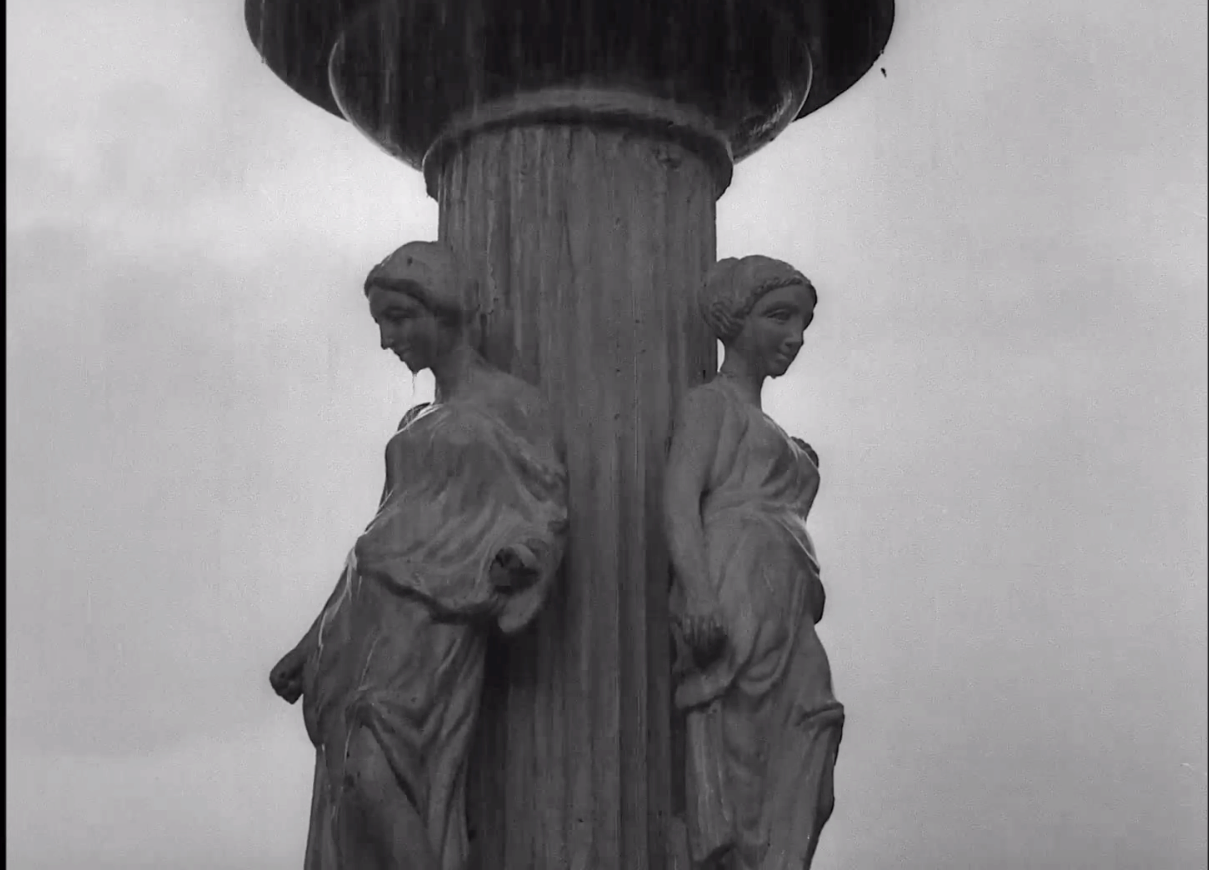There are films that entertain you, films that change your life, and films that change your perspective on filmmaking, among many other things. The films that are considered to be masterpieces can change your perspective on filmmaking, and they can change your life, but they don't always entertain you, and that’s okay. Our perspective on what is entertaining has been drilled into us by the Hollywood machine. If things don't explode every seven minutes then we might actually notice that most the films we're watching have no character development or story structure beyond the template film entertainment has been following since the early 1980's. There are also films that are good for you but don't entertain. Like a big plate of vegetables, these films may make your mind healthier but they don't always deliver the carb coma you're hoping for. A film that provides you with a different perspective from the norm on anything can be hard to find because you need to look beyond the mainstream delivery system. Lately I've been seeking those films out, and that search has lead me to the films of Satyajit Ray. The high praise of Scorsese and Kurosawa helped lead me toward his work:
‘In sheer terms of content and cinematic excellence, I rank Ray amongst the top ten directors of the last century...Ray's magic, the simple poetry of his images and their emotional impact will always stay with me" - Martin Scorsese
“Not to have seen the cinema of Ray means existing in the world without seeing the sun or the moon.” - Akira Kurosawa
The Music Room (1958) is a story about a man who refuses to change with the times. Music is a character in the film; it is used to help us hear the transition from one era to another. The film shows us the differences between the old feudal system and the new independent money, the new world slowly taking over and replacing traditional belief systems. In the end I had to take this film, that is in a different language and uses music as a metaphor, and watch it like a silent film. It was only then that I began to understand what it was about. I was overwhelmed by what I didn’t understand. There were some definite cultural barriers created by the difference between North American and Indian cultures and music. The strong use of metaphoric images helped me find my way through the story.
Here are some sample images:
A reflection of the lead character as he’s forced to look up at all the paintings of his ancestors and then look down to himself.
After a tragedy strikes the lead character the film starts to look more like a film noir.
Rain falls on statues after a dark moment in the story.
Seeing past the culture barriers can be difficult, but the performance of Chhabi Biswas and the use of the camera and lighting in the the last half of the story helped me more fully appreciate the film. The film slowly engulfs you in the music as the narrative moves the lead character to his eventual downfall. The poetic use of lighting and music lead me to embrace a film that I thought I could never find a connection to.





No comments:
Post a Comment